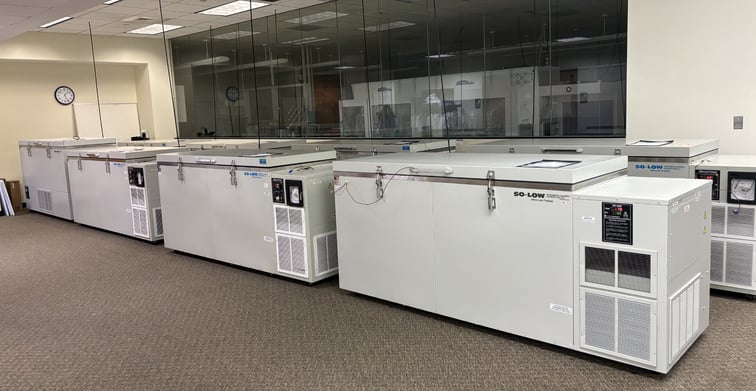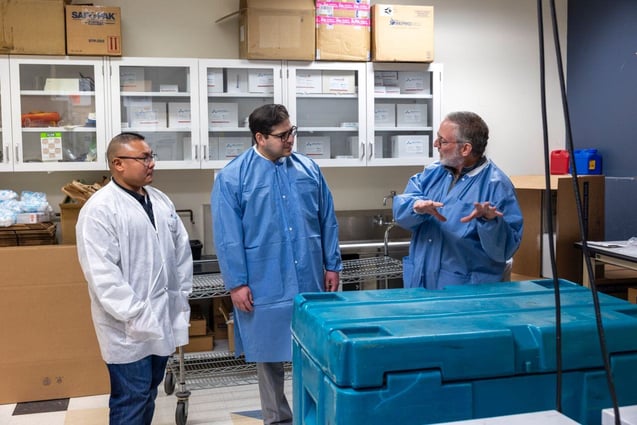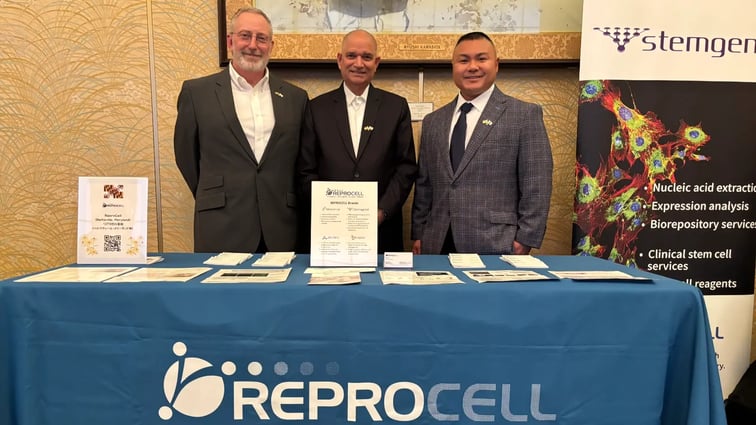Human Tissue Samples
Bioserve Custom Prospective Sample Collections
Our access to over 1.5 million human tissue samples is banking on an industrial scale. Even with so many samples, we do get requests for specimens that we don’t have on hand.
In these situations, we procure custom collections from our Orphan Disease Network to fulfil our client’s needs. With our custom collections services, we can tap our growing network of sites to quickly get the specific samples you need.
- We are experts at new collection site recruitment, training, and monitoring.
- You can get back to your research.
- The job of procuring high quality tissue samples is in good hands.
Our access to over 1.5 million human tissue samples is banking on an industrial scale. Even with so many samples, we do get requests for specimens that we don’t have on hand.
In these situations, we procure custom collections from our Orphan Disease Network to fulfil our client’s needs. With our custom collections services, we can tap our growing network of sites to quickly get the specific samples you need.
- We are experts at new collection site recruitment, training, and monitoring.
- You can get back to your research.
- The job of procuring high quality tissue samples is in good hands.
About Custom Collections
With Custom Collections, REPROCELL can provide the following services:
- Case report form development. Custom case report forms specify exactly the type of data needed that is associated with the sample — e.g. clinical, molecular, demographic, lifestyle, family history, etc.
- Technical specimen collection protocols. Want your ideal specimen to be maintained in a certain buffer? How about an extra centrifugation step? No problem, just tell us exactly what you need, and we’ll train our sites.
- Fresh material access. We can ship specimens directly to you from our collection sites on the same day.
- Short- to long-term specimen storage. We can store your collection at REPROCELL’s state-of-the-art banking facility or at the collection site.
Ethical, regulatory, and legal framework
As with our archived human tissue samples, our custom collections adhere to the following ethical, regulatory, and legal guidelines:
- IRB approved specimen collection protocols and registered sites.
- IRB approved informed consent forms.
- HIPAA complaint authorization forms
- Protection of privacy includes assignment of unique de-identified and anonymized patient identifiers — neither REPROCELL nor the end-user will ever obtain protected health information of donor.
Collection studies never interfere with patient care.
Case Study: Custom Prospective Sample Collections
Isolation and Characterization of fecal/ oral/ skin/ nasal/ throat microbial species from a diverse cohort of healthy adults
This study aims at isolating and characterizing microbial species from the fecal/oral/skin/nasal/throat microbiome of healthy individuals from a diverse cohort for future development as next generation probiotics and includes the characterization of the human fecal/oral/skin/nasal and skin microbiome.
The primary objective is to determine the microbiota profile of healthy individuals. This parameter will be assessed based on microbiota profiling from fecal, oral, skin, nasal and throat swab samples.
Secondary objective is the isolation and characterization of microbial strains for future development of next generation probiotic candidates or biomolecules derived from such microbial strains (including small molecules, DNA, RNA, proteins, enzymes, membrane vesicles and others).
Deposition of selected bacterial strains in IFF Global Culture Collection.
Exploratory objectives are the characterization of the following from the collected samples:
- Metabolome
- Transcriptome
- Proteome
- Mycobiome analysis, and isolation and characterization of fungi
- Virome/phageome analysis, and isolation and characterization of bacteriophages
REPROCELL was selected for a clinical collection contract from a major pharmaceutical company to isolate microbial specimens from 50 subjects from five different ethnicities. The specimen types collected from each subject were oral swabs, skin swabs, nasal swabs, throat swabs and fecal material from each subject. The study was conducted in two visits with 2 weeks between the first and second visit.
REPROCELL administered an informed consent form to all subjects and developed a Case Report Form (CRF) for ensuring that all inclusion and exclusion criteria outlined by the pharmaceutical company were met. A medical history was collected, which included notation of all concomitant medications.
During the first visit, a brief physical examination was completed for each subject. This included vital signs, height measurement, and weight measurements. Blood safety tests were administered. The blood tests included whole blood hematology (hemoglobin, hematocrit, red blood cells, white blood cells and platelets), and serum variables (hsCRP, urea, creatinine, bilirubin, aspartate aminotransferase, alanine transaminase, gamma-glutamyl transpeptidase, alkaline phosphatase, fasting glucose and minerals: calcium, phosphate, potassium, sodium, chloride and bicarbonate). Also, all subjects were tested at visit one for SARS-CoV-2, and any subjects who tested positive were eliminated from the study. Female subjects were given a urine-based pregnancy test, and any pregnant females would have been eliminated from the study.
Four of the five microbial specimens were collected during the first visit. This included oral swabs, skin swabs, nasal swabs, and throat swabs. These specimens were sent to the pharmaceutical company by overnight courier. A kit for fecal collection was provided to the subjects, along with an explanation of how to collect the specimens. The fecal specimens were to be collected within 24 hours prior to the second visit.
During the first visit, a 3-day dietary record was provided to the subjects to be completed between the first and second subject visits. The subjects also provided the International Physical Activity Questionnaire (IPAQ)-short version to be completed. The IPAQ is a validated questionnaire suitable for quantifying physical activity levels in adults. A questionnaire regarding skin health was also provided to the subjects.
During the second visit two weeks later, the dietary record, IPAQ survey and the skin questionnaire were to be returned, along with the fecal sample. The fecal samples were sent to the pharmaceutical company by overnight courier. REPROCELL entered all the data from the study, and generated a spreadsheet which also included the results from the blood safety data, results from the physical examination, and all subject reported data. Also included was all information from the CRF and the collection dates of all microbial samples.





